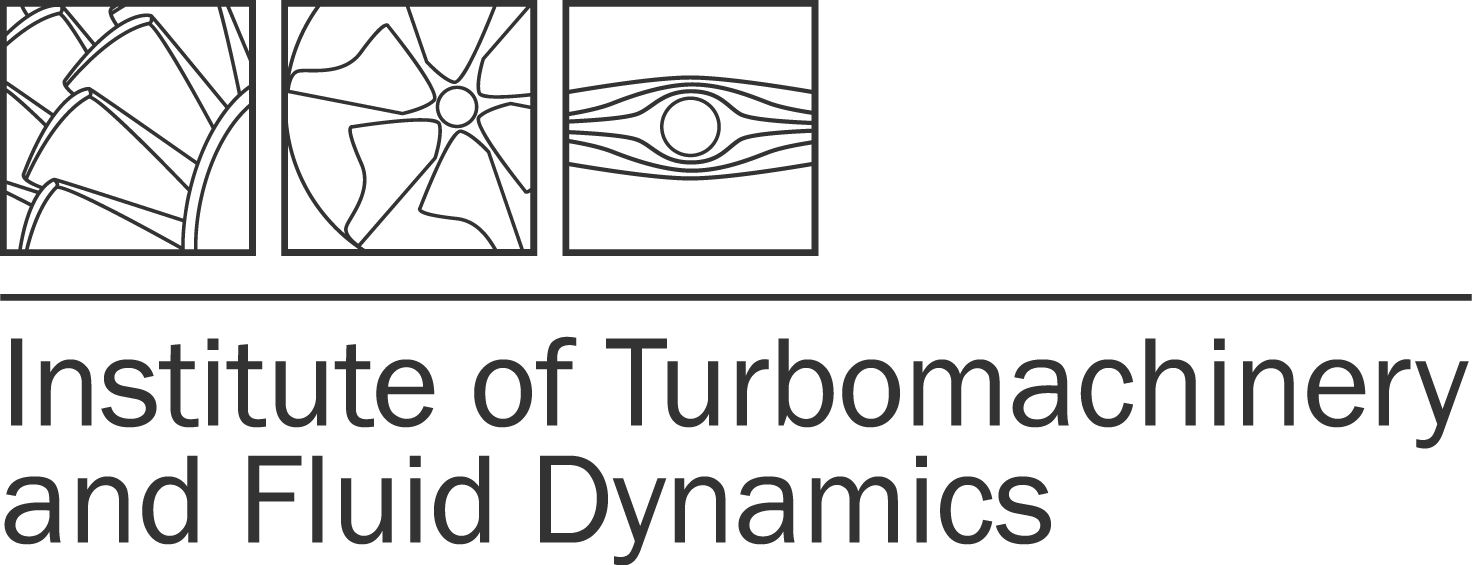In cooperation with the Institute of Aerodynamics and Flow Technology of the German Aerospace Center (DLR) in Göttingen, measurements were conducted out at TFD to test pressure-sensitive paint (PSP) for acoustic measurements in turbomachinery applications. The results and conclusions of this investigation have now been published in a joint journal paper. The paper is open access and can be accessed using the following link: https://link.springer.com/article/10.1007/s00348-022-03558-8
The successful experiments represent the preliminary work for the acoustic measurement on a fan test rig with PSP, which will be carried out later this year at IFAS of the TU Braunschweig in cooperation with TFD.
Abstract:
Fast response pressure-sensitive paint (PSP) allows optical measurements of pressure fluctuations on a surface with high spatial and temporal resolution. This technique is evaluated for aeroacoustic measurements inside an aeroacoustic wind tunnel (AWT). The AWT is a test rig especially designed for investigating the excitation and propagation of sound under conditions typical for turbomachinery. The aim of this work is to compare the results of sound pressure measurements of tonal sound fields in a circular duct conducted with PSP and microphone arrays in order to assess the applicability of PSP in turbomachinery acoustics applications. A data analysis process is presented, which projects the camera image of the PSP data onto a given surface. To analyze the spatial pressure fluctuations, the PSP data are transformed in the frequency domain using pixel-wise fast Fourier transform. Measurements with a mean Mach number up to 0.109 and 5 kHz excitation frequency are conducted. An acoustic mode generator is used to excite the sound field with specific circumferential mode order. The pressure fluctuations obtained with the PSP measurement visualize the measured acoustic field well and allow early interpretation. The pressures of PSP and microphones are in good agreement; for example, the maximum detected deviation in pressure at 2700 Hz is 30 Pa. A preview on using radial mode analysis to decompose the acoustic field, measured by PSP, into acoustic modes is provided. The results are confirmed by a decomposition using conventional arrays of flush-mounted microphones.


